Interactive map of schools in New York City that have Math for America Master Teachers. The map was created using Tableau, Google Sheets and a program for converting addresses into GPS coordinates.

Neuroscientist SueYeon Chung Awarded a Klingenstein-Simons Fellowship
Simons Foundation, July 2023The Esther A. & Joseph Klingenstein Fund has announced that neuroscientist SueYeon Chung is one of this year’s recipients of a prestigious Klingenstein-Simons Fellowship Award in Neuroscience. The award recognizes and supports outstanding early-career neuroscientists who have made valuable research contributions and show great promise.
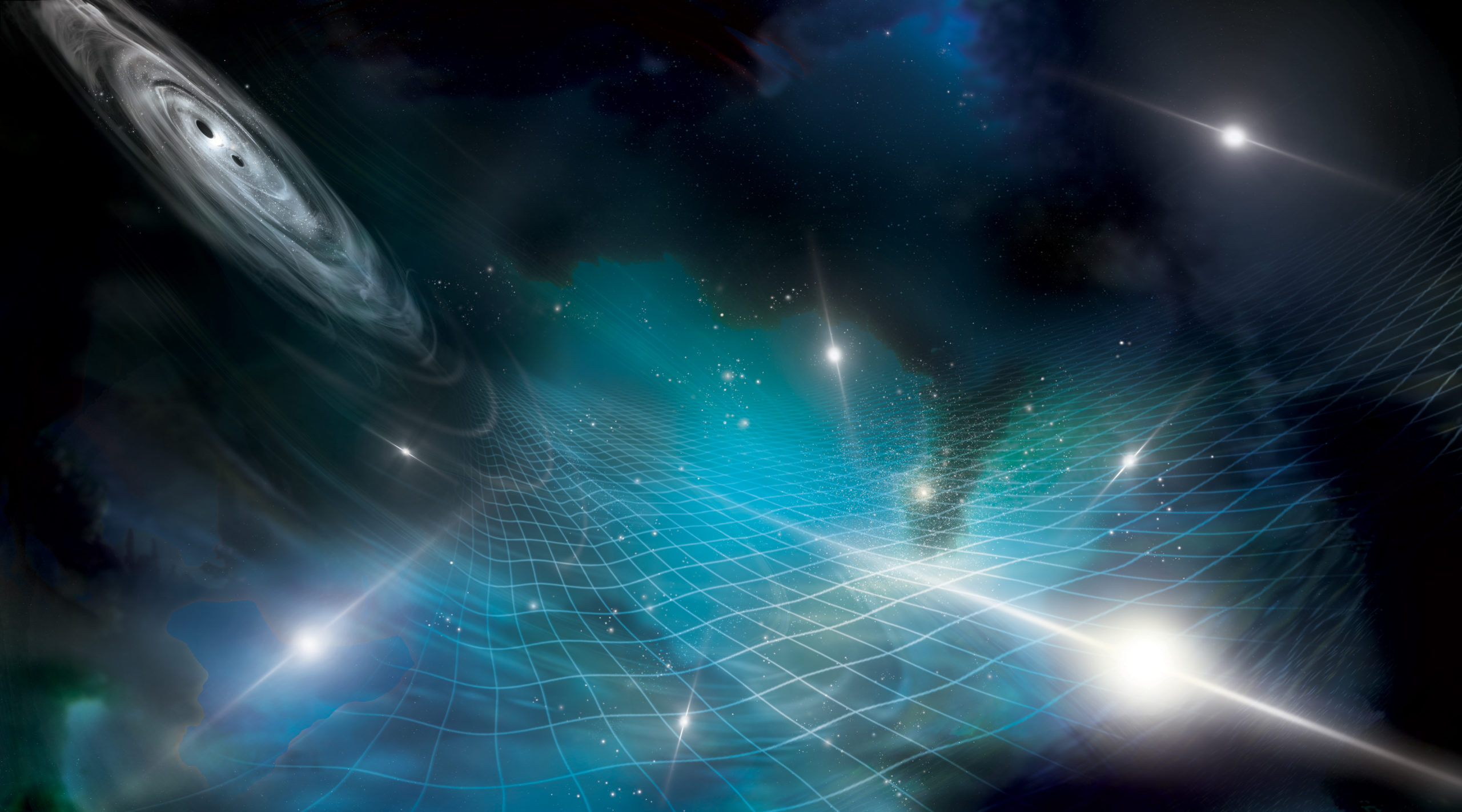
Clamor of gravitational waves from universe’s merging supermassive black holes ‘heard’ for first time
Simons Foundation, June 2023Following 15 years of data collection in a galaxy-sized experiment, scientists have “heard” the perpetual chorus of gravitational waves rippling through our universe for the first time — and it’s louder than expected.
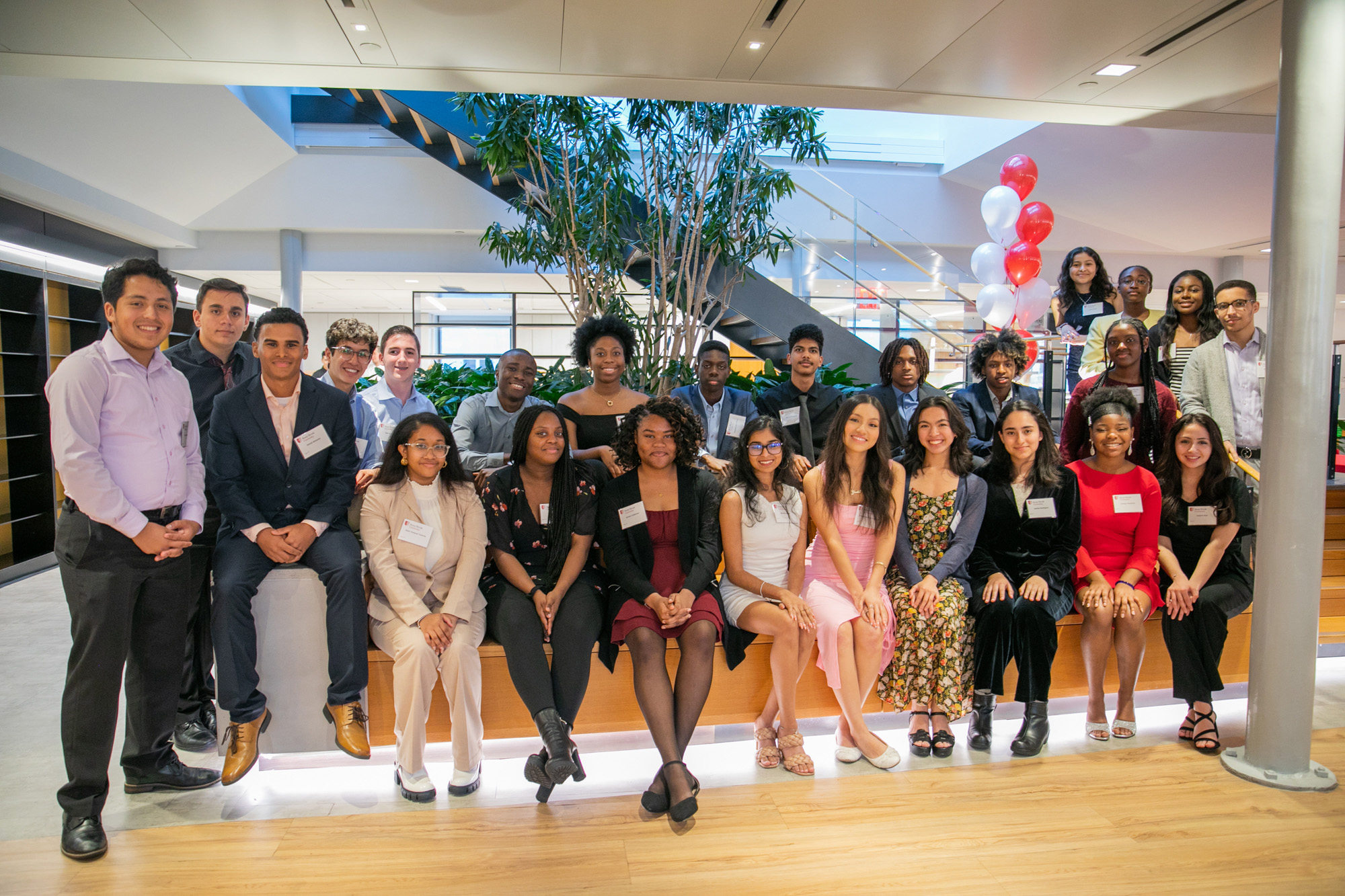
First Class of Stony Brook Simons STEM Scholars Announced
Simons Foundation, May 2023This fall, nearly 30 students will attend Stony Brook University as the first ever Simons STEM Scholars. With support from the Simons Foundation, these accomplished students — all among the top in their year — will receive full scholarships, programmatic support, academic advising, and assistance finding internships and research opportunities. On May 5, 2023, 25 of the incoming Scholars celebrated their acceptance into the program at a signing ceremony hosted at the Simons Foundation’s New York City headquarters.
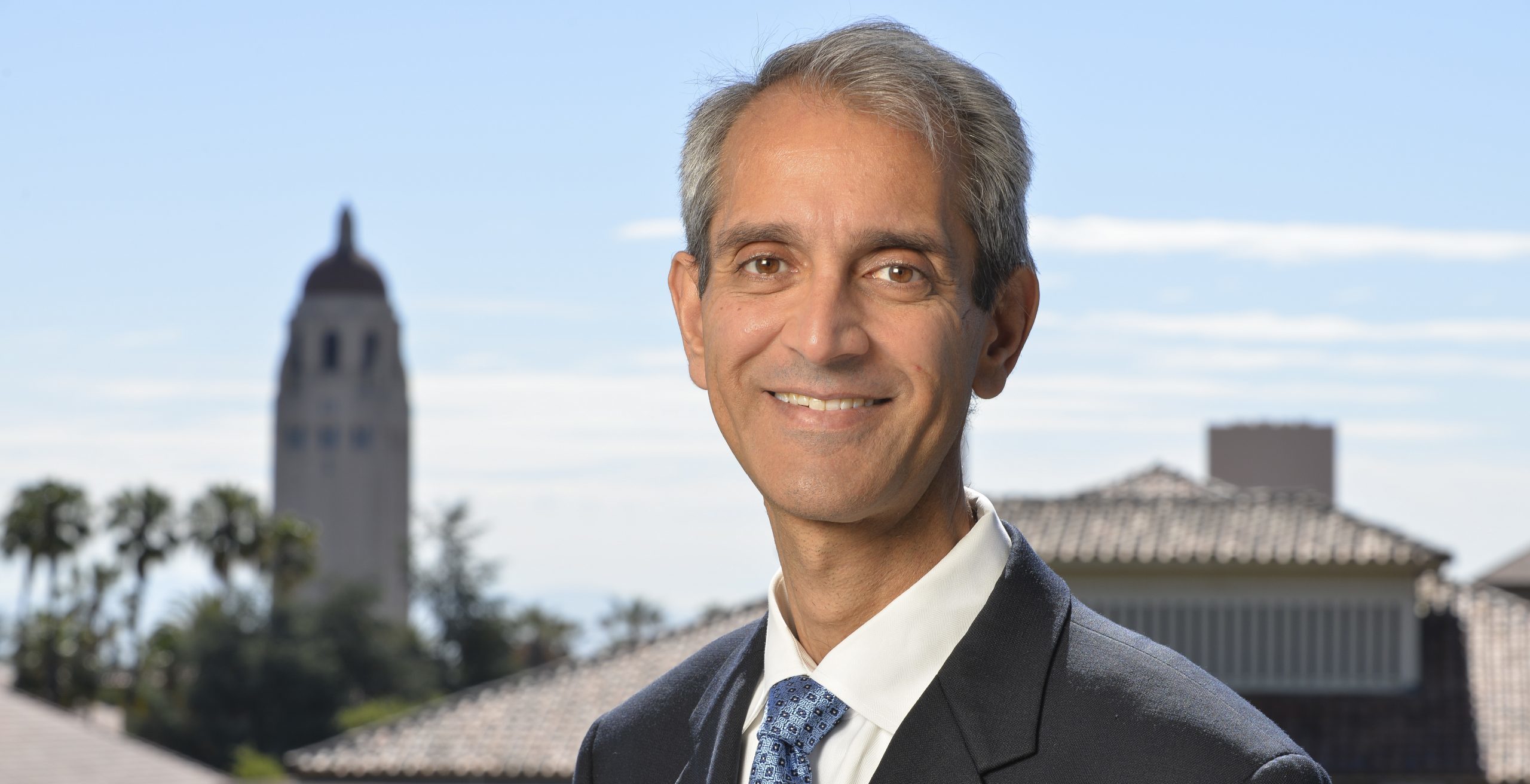
Simons Foundation Renames Neuroscience Undergraduate Research Fellowship Program in Honor of Krishna Shenoy
Simons Foundation, May 2023The Simons Foundation is honoring the memory of neuroscientist Krishna Shenoy by renaming its undergraduate research fellowship the Shenoy Undergraduate Research Fellowship in Neuroscience, or SURFiN.
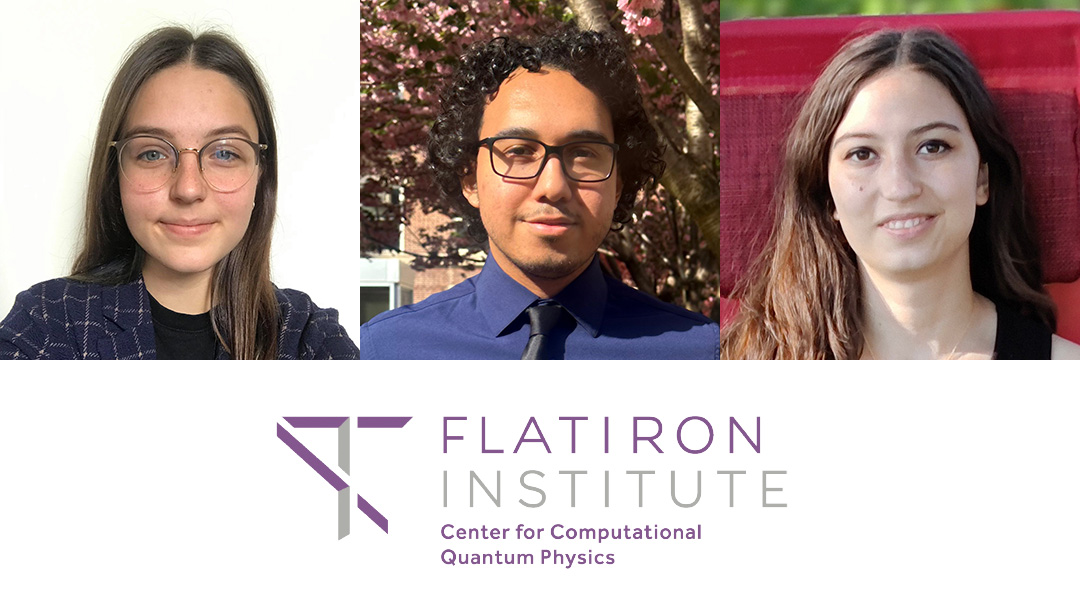
Center for Computational Quantum Physics Announces New NYC Graduate Fellows
Simons Foundation, May 2023The Flatiron Institute’s Center for Computational Quantum Physics (CCQ) is pleased to announce the 2023 recipients of its CCQ-NYC graduate fellowships: Alev Orfi, Jaylyn C. Umana and Sophia Wolczko.
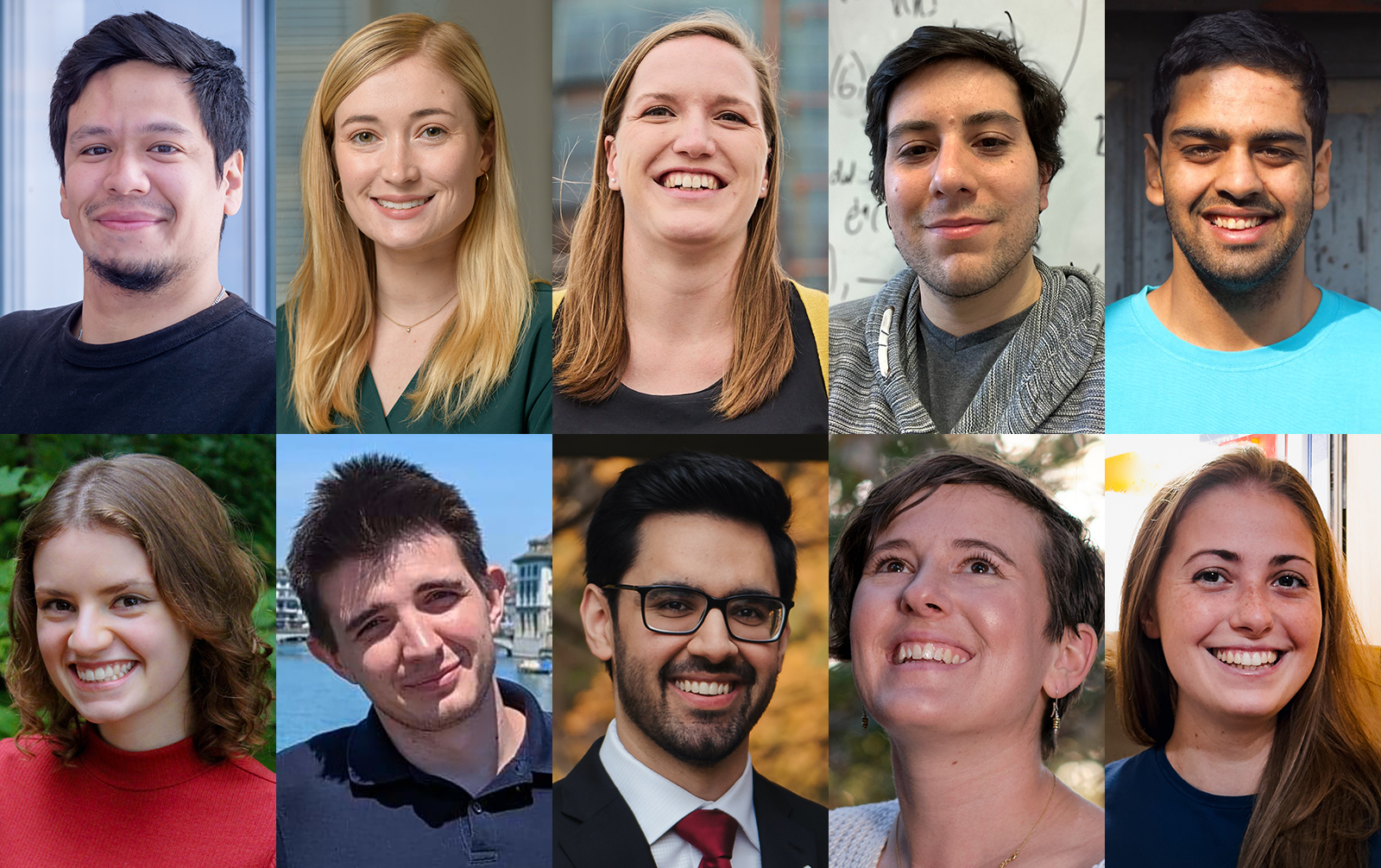
2023 Class of Junior Fellows Joins the Simons Society of Fellows
Simons Foundation, April 2023The Simons Foundation is pleased to announce the 2023 class of Junior Fellows in the Simons Society of Fellows. The 10 researchers are outstanding early-career scientists and mathematicians based in the New York City area. The fellows hold expertise in a diverse range of fields, including neuroscience, biophysics and number theory.

Stony Brook University Selected to Operate Center for Climate Solutions on New York’s Governors Island
Simons Foundation, April 2023Governors Island in New York Harbor will soon be home to a world-class hub for generating innovative solutions for combating climate change.
Cross-posted on the Simons Foundation International website.
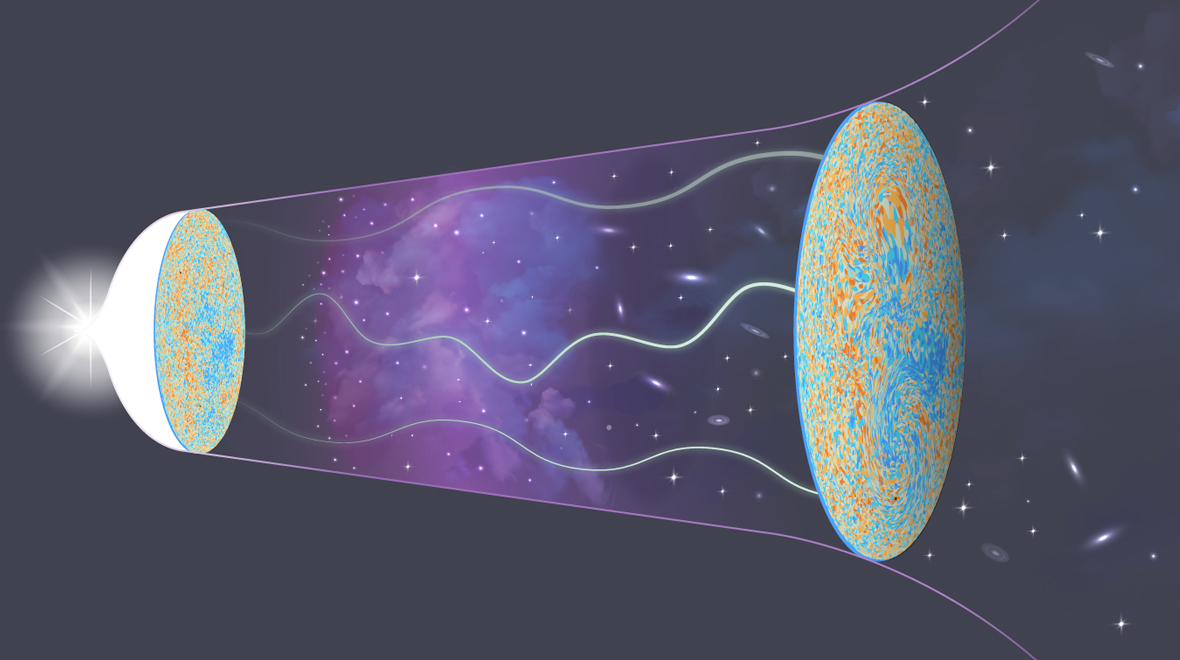
Map of Space-Time Distortions Reveals Universe’s Dark Matter Distribution, Proving Einstein Right
Simons Foundation, April 2023By closely measuring the distorted path taken by the universe’s oldest light, researchers with the Atacama Cosmology Telescope (ACT) collaboration have mapped out the distribution of dark matter in the cosmos with unparalleled precision. The results shore up Einstein’s theory of gravity, provide new insights into the nature of dark matter and expose critical information about the universe’s fundamental properties.
Adapted from University of Pennsylvania press release.
Simons Foundation Accepting Applications for Neuroscience Undergraduate Research Fellowships
Simons Foundation, March 2023The Simons Foundation is now accepting applications from undergraduate students to participate in the Simons Foundation Undergraduate Research Fellowship in Neuroscience, or SURFiN, for the 2023–2024 academic year. The program’s goal is to spark and sustain interest in neuroscience among undergraduate students from diverse backgrounds underrepresented in neuroscience research.